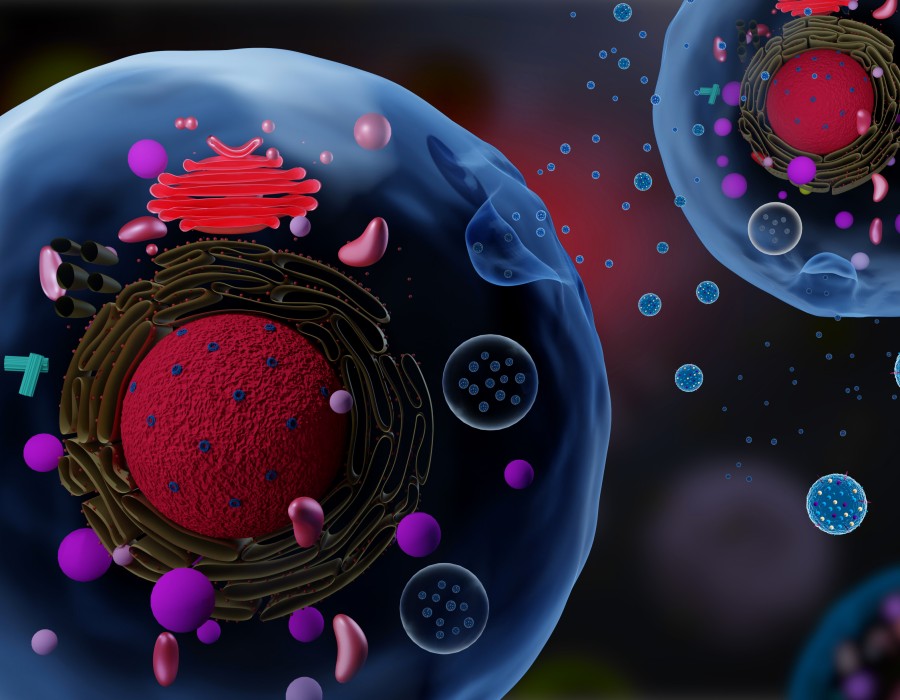T cells, a diverse and multifunctional group of lymphocytes, are pivotal players in the immune system, comprising CD4+ T cells and CD8+ T2 cells. These cells are instrumental in cellular immunity and contribute to the humoral immune response. Within the realm of the immune response, T lymphocytes encompass various subsets, including helper T cells (Th cells), regulatory T cells (Treg cells), effector T cells, and cytotoxic T cells. Before antigen stimulation, Th cells serve as common precursors to all Th cell subpopulations, known as Th precursor cells, with the remarkable ability to differentiate in multiple directions. The differentiation of these precursor cells into CD4+ T cell subsets, such as Th1, Th2, Th17, and Treg cells, is influenced by a complex interplay of cytokines and transcription factors.
Th1 cells are known for their role in suppressing B-cell function and mediating cellular immunity through the secretion of inflammatory cytokines like interleukin (IL) and interferon (IFN). They also play a crucial role in enhancing anti-infective immunity through interactions with phagocytes. On the other hand, Th2 cells are essential for mediating humoral immune responses by releasing cytokines such as IL-4 and IL-6, which promote B-cell differentiation and antibody production.
In recent years, Th17 and Treg cells have emerged as novel subsets of CD4+ T cells, sparking significant interest in the research community for their roles in regulating inflammatory responses. Studies have linked the development of conditions like myasthenia gravis (MG), multiple sclerosis (MS), and Guillain-Barré syndrome (GBS) to abnormalities in Th17 and Treg cells, as well as related cytokines and transcription factors.
Th17 cells follow a distinct differentiation pathway and function compared to Th1 and Th2 cells, relying on IL-23 and characterized by the specific secretion of high levels of IL-17. These cells also secrete cytokines such as IL-6, IL-21, IL-22, and tumor necrosis factor-alpha, with IL-17 playing a central role in their function. In contrast, Treg cells, a subset of T cells, play a crucial role in regulating various immune functions, including natural Treg cells and induced Treg cells. Their main function involves suppressing the activation of other effector T cells, inducing immune tolerance, and exerting immunomodulatory effects through the secretion of IL-10 and transforming growth factor-ß (TGF-ß).
IL-35, a newly discovered anti-inflammatory factor secreted by Treg cells, exhibits potent immunological functions surpassing those of IL-10 and TGF-ß. IL-35 inhibits T cell proliferation and differentiation while promoting the generation of new Treg cells with enhanced inhibitory activity, thereby playing a crucial role in negative immune regulation. Th17 and Treg cells, originating from the same class of CD4+ T cells, differentiate from Th precursor cells into intermediate cells, with their ultimate fate determined by the cytokine milieu. The delicate balance between Th17 and Treg cells under normal conditions helps prevent the development of inflammatory diseases.
Monitoring the levels of Th17 and Treg cells, along with related cytokines, provides valuable insights for disease research and understanding the progression of various conditions. Creative Proteomics offers a specialized Th17/Treg Cytokine Panel utilizing Luminex multiplex assay technology to support and enhance research projects in this field.





Comments